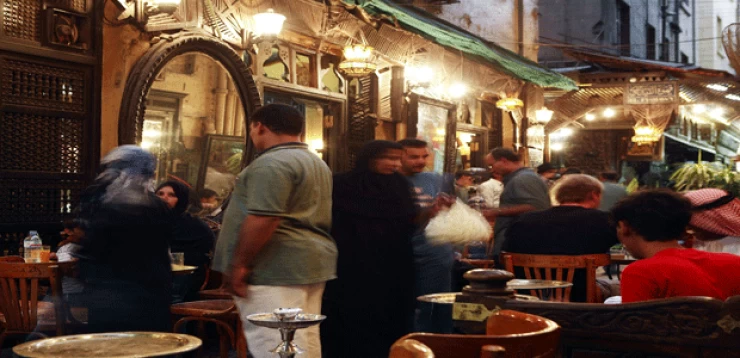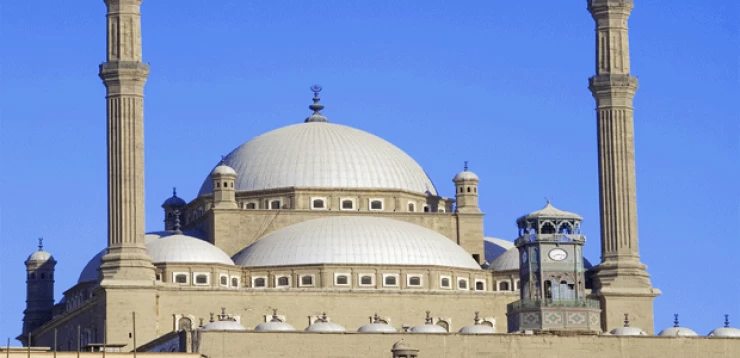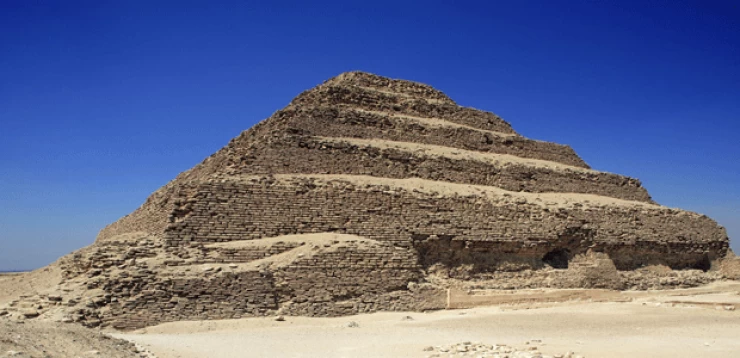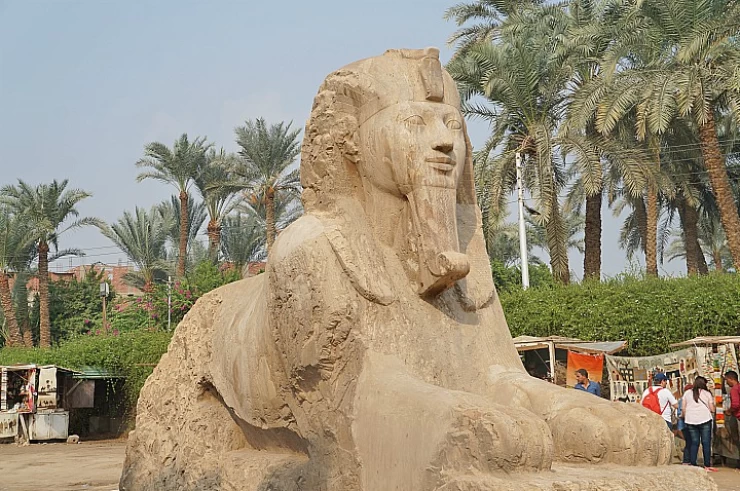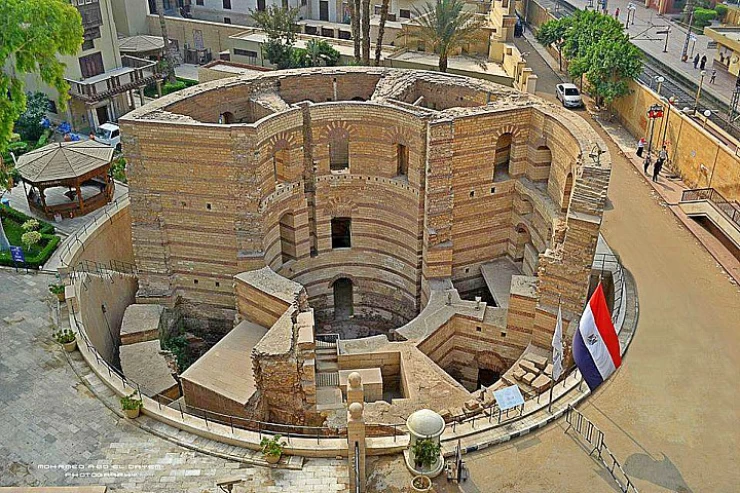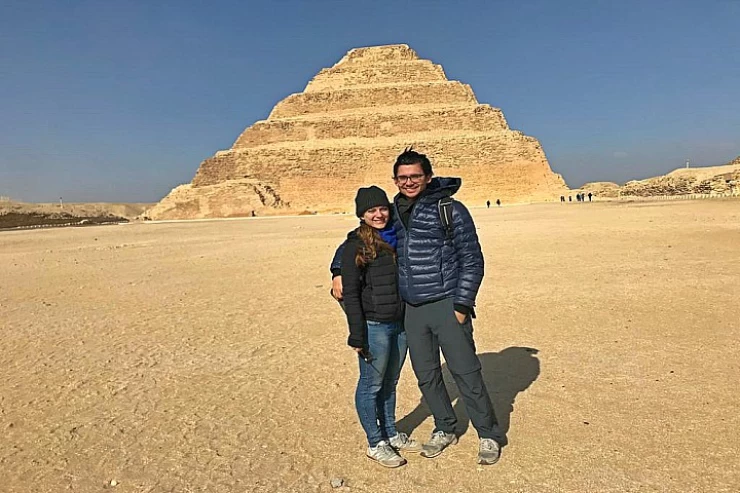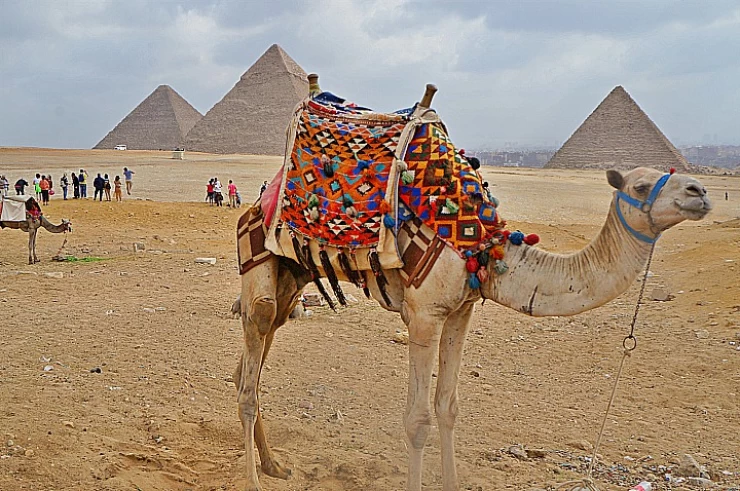Early in the morning, you'll have your first delicious breakfast at the hotel to begin your important and informative tour today. You'll begin your day with a visit to the Great Pyramids of Giza, which are some of the most important archaeological sites in human history. The ancient Egyptians built numerous burial chambers, ventilation shafts, and intricate passageways inside the pyramids. A group of columns embedded in the walls were found, built for two important purposes: first, to ventilate the pyramid from within, and second, to provide an outlet for the remaining part of the soul in the body of the pharaoh, called the "ka." The ancient Egyptians believed that the pharaoh's soul traveled through the pyramid to the stars.
You'll also see the majestic Great Sphinx, which has defied the ravages of time and numerous attempts at theft and looting. A royal beard and a cobra snake were once located atop the Sphinx's head, but these were lost. Part of the beard is currently preserved in the famous Egyptian Museum in Tahrir and another part in the British Museum. There are also numerous catacombs in and around the Sphinx. One of the most important of these is located approximately halfway down the statue's back, at the upper opening of the catacomb. It is a metal door that can be opened and locked. It is not known exactly where this puzzling catacomb leads.
You will see the Valley of the Temple of King Khafre, the only Old Kingdom temple that remains intact to this day. Archaeologists have uncovered two important roads in front of the temple entrance, connecting them to the dock of the ancient canal located directly in front of the ancient structure. Basins have also been found there, believed to belong to the sacred purification tent located in front of the Valley Temple, where the king's body was placed to be purified with the waters of the canal.
You will be amazed by a visit to the vast Saqqara Necropolis, which houses tombs from all periods of ancient Egyptian history. The impressive New Kingdom necropolis lies south of the causeway of King Unas, where many prominent figures of the 18th to 20th Dynasties were buried. Among them are Ptah-emwiya, "the royal courtier of the cleanest hand," who lived under both Akhenaten and Tutankhamun; Maia, the treasurer under Tutankhamun; and Tiah, the treasurer under Ramesses II. In addition, you'll find the magnificent tomb of Horemheb, which was intended for him before he became king. You'll see the Step Pyramid of Djoser, located at the center of a complex surrounded by a hollow limestone wall with 13 false entrances. There's also the Hypostyle Hall, a real entrance on the southeast side of the wall.
You'll enjoy the freshest food of your life at one of the famous Egyptian restaurants. You'll visit the famous city of Memphis, once the center of worship for the great god Ptah, whose temple was one of the most important in all of ancient Egypt. It was so important that the word "Egypt" (derived from the Greek word "Aigyptos") came from the name of this great ancient temple, "Kaptah," meaning "temple of the spirit of the god Ptah."
You will also see a majestic, colossal statue lying on its back. This magnificent limestone statue of Ramses II is a twin of the one that once stood in the center of Ramses Square in ancient Cairo but was moved to Giza. Although only a fragment, the statue stands approximately thirteen meters tall, even without its lower legs. It was originally placed outside the Temple of Ptah in Memphis. You will also see the remarkable alabaster Great Sphinx of Memphis, the largest calcite statue ever discovered. It is believed to depict King Amenhotep II or King Ramses II and symbolizes power and wisdom.
After this wonderful tour, we will return you to your hotel for some rest.
Meals: Breakfast, Lunch



